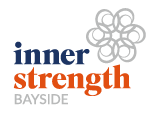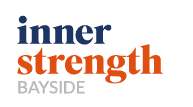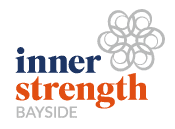The Injured Runner by Luci Minogue
Running is a popular form of exercise and running injuries are commonly seen by Physiotherapists. Apart from a pair of runners and your clothes, nothing else is needed. Be careful though if you are new to this form of exercise, as novice runners are 2.5 times more likely to become injured than experienced runners. If you are obese and a novice then you are at the highest risk, especially if you begin running more than 3 km in the first week.
There are a variety of factors which will lead to a running injury, including structural factors i.e. the way you are built, the way you run, training loads, tissue quality, physiology, genetics and psycho-social reasons such as stress.
Many injuries occur in the preparation to a race and some common running injuries are:
- Pain around the knee cap (Patellofemoral Pain)
- Stress fractures of the shin bone (tibia)
- Pain to the outside of the knee caused by a long tendon running down the outside of the thigh (Iliotibial Band Syndrome)
- Achilles pain (tendinopathy)
Some common running deviations that may lead to an injury include:
 1) One hip drops and the weight bearing knee deviates inwards towards the other knee. This is known as Medial Collapse and can lead to many lower limb injuries of the knee, ankle and foot.
1) One hip drops and the weight bearing knee deviates inwards towards the other knee. This is known as Medial Collapse and can lead to many lower limb injuries of the knee, ankle and foot.
2) Landing too far in front of the body. This is known as Overstriding and can lead to knee and foot injuries.
3) Feet landing too close to the midline known as Crossover.
Treatment
A home strengthening program prescribed by your Physiotherapist is important and will help to prevent injury. It has been found though, that this alone does not always lead to an improvement in running style. Rehabilitation must also focus on giving feedback whilst running, perhaps through video whilst on a treadmill, to improve running technique.
To prevent the hip drop and knee deviation seen in Medial Collapse Mechanics simple cues such as “keep your hips level” and “push your knee out to the wall” can help. An Overstrider can address this by learning to increase their step rate, whilst Crossover gait can be addressed through feedback running over a straight line or increasing step rate. All these types of gait retraining will in turn decrease symptoms.
Please contact us on 8555 4099 or Book Online to discuss your running concerns with one of our Physiotherapists.


